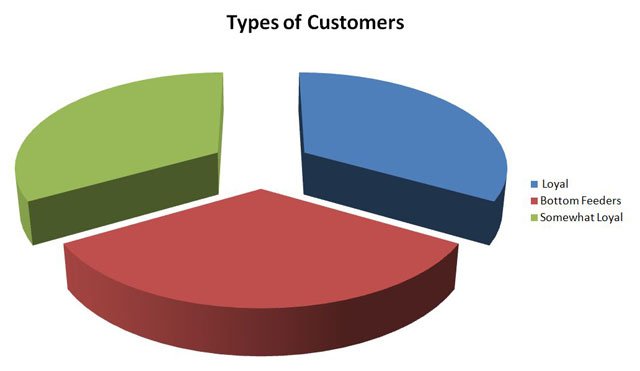Lessons of $1 Hot Dogs Help FBOs Cut the Mustard
/Frankly Speaking, FBO Customers Must Relish Their Surroundings, Be Happy and Perceive Fair Value
As a red-blooded American, I love hot dogs, apple pie and baseball. Being from the Dallas area, I’ve been following the Texas Rangers through thick and thin for more than 20 years. Mostly it has been thin, though the Rangers made it all the way to the World Series last year for the first time in franchise history.
When the newspaper hits my driveway at 6 a.m., I read the sports section from stem to stern and go over the box scores and team stats.
 Recently, I read a sidebar article about Dollar Hot Dog Night at the Rangers’ stadium. On Wednesdays when the Rangers are in town, they cook some 65,000 hot dogs for hungry patrons. At a buck each, the promotion attracts a lot of families to the game, and the conies are quickly snatched up!
Recently, I read a sidebar article about Dollar Hot Dog Night at the Rangers’ stadium. On Wednesdays when the Rangers are in town, they cook some 65,000 hot dogs for hungry patrons. At a buck each, the promotion attracts a lot of families to the game, and the conies are quickly snatched up!
The Art of the Deal
I’m sure you have your favorite sport, and if it’s baseball, you know how a hot dog with your favorite beverage tastes on a warm summer night around the diamond. It hits the spot! But something else is going on at the ballpark.
In the article, the writer asks a university professor for his opinion on why a $1 hot dog attracts so many to a game when patrons can have all the hot dogs they want for a lot less money by buying them at a supermarket and eating them at home.
His answer, posted in the Dallas Morning News, is what spurred me into writing this blog post.
According to Ernan Haruvy, a management professor at the University of Texas at Dallas, a perceived deal, such as the $1 hot dog, depends on several factors, including:
- Your physical surroundings
- The customer’s mood
- What the customer believes is a fair value for the transaction
OK, that all sounds logical because the customer is at the ballpark; therefore, the surroundings are fun. Secondly, because a day watching baseball is better than a day at work, the customer is probably in a pretty good mood. And lastly, $1 for a dog that usually costs $4 seems like a relatively fair value.
But what does this have to do with an FBO?
Play Ball!
In previous blog posts, Are You the Restaurant Owner; Do You Feel Lucky; and Don’t Forget the Cheese, we discuss what is important to customers when they choose a particular FBO.
First of all, the physical surroundings need to be pleasant enough that they don’t cause a distraction. The ramp and equipment need to be neat and tidy. Line-service personnel should use crisp ushering techniques to guide the aircraft. The facilities, particularly the bathrooms, need to be as clean and sparkling as possible.
Next, from the time the customer comes onto the ramp to the time for departure, it’s everyone’s job to create an atmosphere that keeps the customer in a good mood throughout the transaction. Customers who fly on private and business aircraft are used to getting good service wherever they go.
And finally, when the customer goes to pay the ticket, it’s important that he or she truly believes it represents a fair value. Remember, just because you may have offered a volume fuel discount doesn’t mean the customer flies away feeling like he or she received a fair value.
For the type of customer that you want to attract and keep, receiving a fair fuel price is just part of the equation. If you failed to deliver an exceptional customer service experience, chances are your facility will not be remembered, and you will not get a recommendation.
So the next time you bite into a red hot coney, remember these three simple principles of pleasing a customer:
- Maintain good physical surroundings.
- Keep the customer in a good mood.
- Give the customer a fair value.
If you have had success in pleasing a customer, please let me know the particulars by emailing me at Ron@TheJacksonGroup.biz.
Ron Jackson
Ron Jackson is co-founder of ABSG and president of The Jackson Group, a public relations agency specializing in aviation and FBO marketing. He has held management positions with Cessna Aircraft and Bozell Advertising and is the author of Mission Marketing: Creating Brand Value and co-author of Don’t Forget the Cheese!, the Ultimate FBO Customer Service Experience.




















